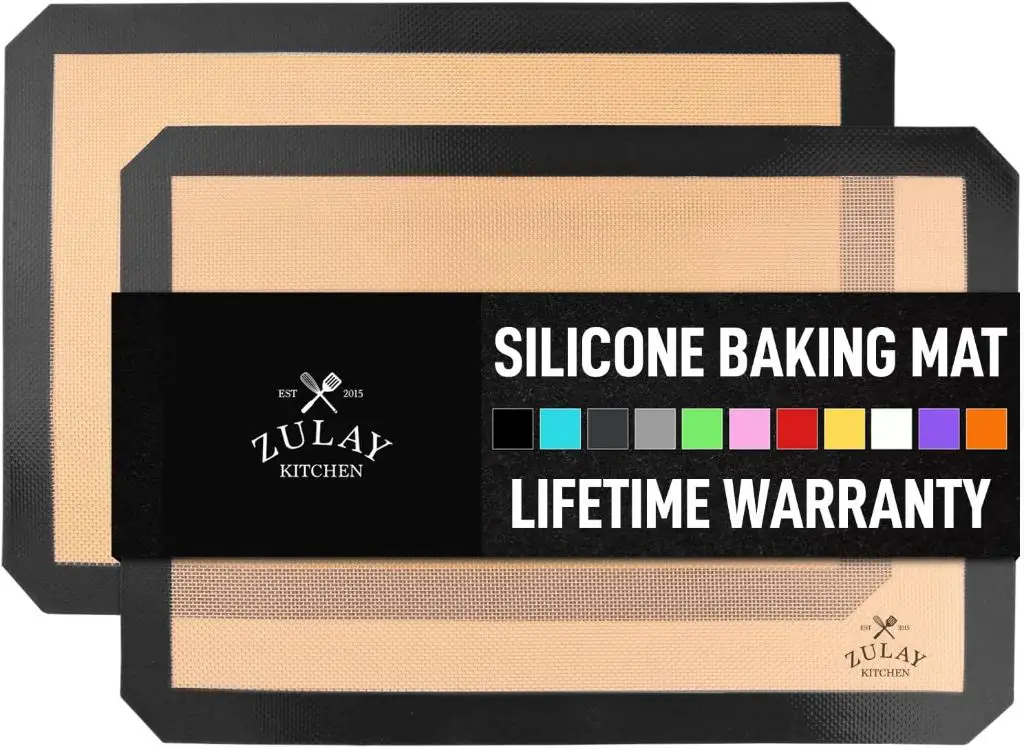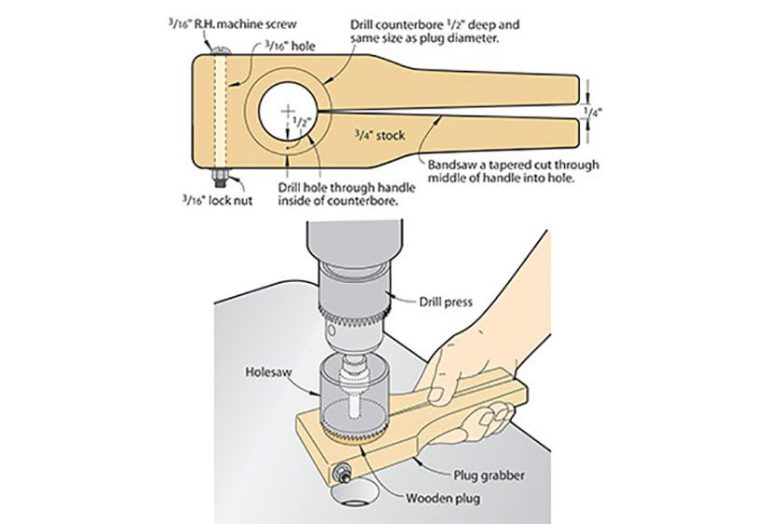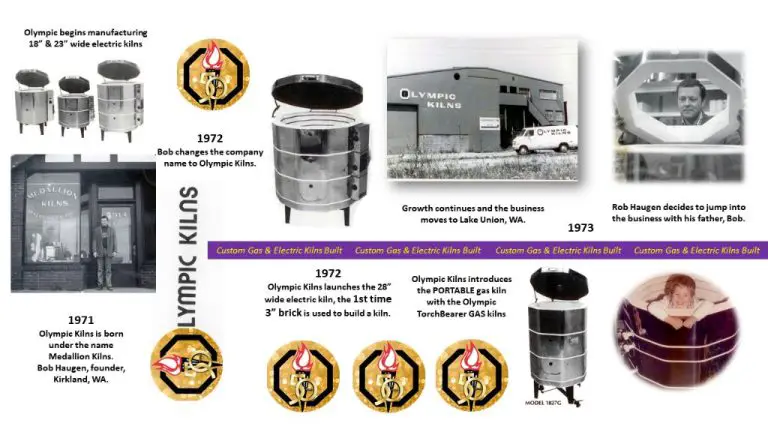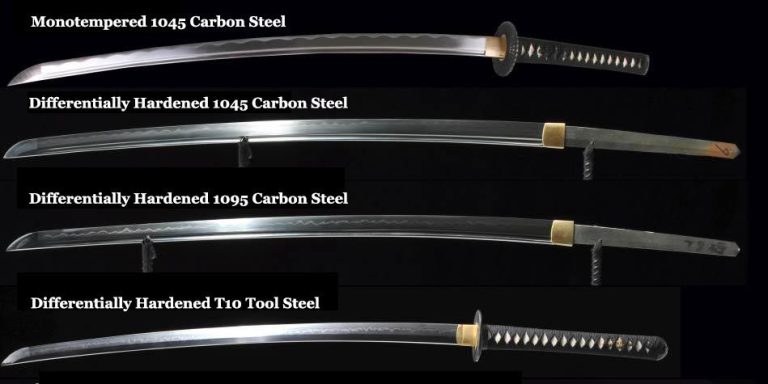Are Baking Mats Worth It?
What Are Baking Mats?
Baking mats are reusable, non-stick mats that can be used in place of parchment paper or greased baking sheets when baking. They are typically made of food-grade silicone which provides a non-stick surface for baked goods. Silicone is heat resistant up to about 500°F and provides an excellent surface for rolling out dough or baking cookies, pastries and more without sticking.
Baking mats differ from parchment paper in that they are reusable. Parchment paper is disposable and needs to be replaced each time you bake. Baking mats can be washed and reused many times. The non-stick silicone surface also provides advantages over greased baking sheets which can lead to sticking. Baking mats allow for easy release of cookies and baked goods.
Popular brands of baking mats include Silpat and Kitzini. They come in a variety of sizes from small mats for baking pans to larger half-sheet sizes. The most common material is silicone, however there are also options made from Teflon coated fiberglass.
Pros of baking mats

One of the biggest benefits of baking mats is that they are reusable, unlike parchment paper which needs to be thrown out after each use. Baking mats like the Popular Silicone Baking Mat can withstand thousands of uses if cared for properly, saving you money in the long run.
Silicone baking mats are also nonstick, meaning you can bake cookies, breads, and other goodies without them sticking to the pan. The nonstick surface makes cleanup much easier as well since stubborn baked-on messes won’t be an issue.
Baking mats are flexible so they can accommodate different pan sizes from sheets to loaf pans. Their flexibility also allows you to bend them to get baked goods out cleanly. This prevents ripping and damage that can happen when using parchment paper.
Using a baking mat rather than placing food directly on a metal baking sheet also helps prevent warping and deterioration over time at high temperatures. The mat acts as insulation, protecting your baking sheets.
Cons of baking mats
While baking mats offer convenience, there are some potential drawbacks to consider:
Silicone baking mats can be quite slippery, especially when working with wet or sticky doughs like cookie dough. It’s important to flour the mat well before use to prevent sticking and maneuver dough carefully. According to sources, silicone’s slick surface allows dough to spread more than normal, which can lead to flatter cookies or pastries [1].
Baking mats require more careful cleaning than pans. Materials can get lodged in crevices, so mats need thorough washing by hand and air drying. Any cuts or tears will worsen with washing. Harsh scrubbing or abrasive cleaners can also cause deterioration [2].
Items baked on silicone mats often brown less than on metal pans since the nonstick surface doesn’t conduct heat as well. This can lead to pale bottoms. If browning is desired, a light dusting of flour can help [2].
Cost Comparison
When considering cost, there are a few factors to weigh. Disposable parchment paper is inexpensive per sheet, usually costing around 5 cents. However, the costs add up over time as you need to continuously buy new rolls. Standard sizes of silicone baking mats range from $10-20 for a single mat. Though the upfront cost is higher, silicone mats can be reused hundreds of times and last for years, making them cheaper in the long run.
For example, let’s compare the costs of using parchment paper versus a silicone mat for baking cookies. Each batch of cookies uses about 2 sheets of parchment paper. If you bake cookies once per week, that’s 100 sheets or $5 worth of parchment paper per year. A good quality silicone baking mat costs around $15 and would last 5+ years. This means the annual cost of the silicone mat would be $3-$4. The silicone mat results in more than 50% savings compared to using disposable parchment.
While the math will vary based on frequency of use, silicone mats generally save money in the long run. According to this analysis by SeriousEats, you would need to use parchment paper for less than 32 baking sessions per year for it to be cheaper than a silicone mat. For frequent bakers, a good silicone mat pays for itself quickly.
Impact on Baking
Baking mats can have a significant impact on how baked goods turn out in terms of browning, texture, and taste. According to How Silicone Baking Mats Are Ruining Your Cookies, silicone baking mats conduct heat differently than metal baking sheets. This can lead to inconsistent browning, especially on the bottom of baked goods. Cookies may end up paler on the bottom when baked on silicone.
Silicone’s slick, nonstick surface also impacts texture. Dough tends to spread more on silicone mats compared to parchment paper or metal pans. The increased spread can result in thinner, flatter baked goods with a different texture according to When to Use Parchment, Silicone, or Mesh Mats for Baking. For example, cookies baked on silicone may turn out crispier on the edges and centers.
The effects on browning and texture can also subtly impact flavor. Cookies and other baked goods may taste less caramelized and rich when baked on silicone mats.
Care and Maintenance
Proper care and maintenance are key to ensuring baking mats remain in good condition. Cleaning methods vary depending on the material. Silicone mats can be soaked in hot, soapy water to remove baked-on debris, grease, and stains. Scrub gently with a soft sponge or brush – avoid abrasive scouring pads which can damage the silicone. Dishwasher cleaning is not recommended as the heat can warp silicone mats over time. Allow mats to air dry completely before storing.
Baking mats made from Teflon coated fiberglass are durable but the nonstick finish can be damaged by metal utensils or abrasive scrubbing. Handwashing is recommended using mild detergent and soft sponge. Do not soak Teflon mats. Dry thoroughly before storing. With proper care, quality baking mats can last for years of regular baking use.
To prevent damage, avoid cutting directly on the mat surface with sharp knives. Place a cutting board on top of the mat if chopping ingredients. Do not expose baking mats to temperatures over 500°F as excessive heat can cause warping. fold or roll mats for storage rather than creasing repeatedly in the same place. Follow the manufacturer’s instructions to maximize the lifespan of baking mats.
Recommended Brands
Based on reviews and product tests, some top baking mat brands include:
-
Silpat – Silpat’s baking mats are consistently rated as the best overall baking mats. Their original nonstick silicone mat “changed baking forever” and remains a top choice for bakers (The 8 Best Silicone Baking Mats, According to Pastry Chefs). The Silpat Perfect Cookie mat is praised for its durability and ability to cleanly release baked goods.
-
Kitzini – For a more budget-friendly option, Kitzini offers quality silicone baking mats at a fraction of the cost of other brands. Their mats are ideal for those just testing out baking mats or who need multiple sizes. The Kitzini Silicone Baking Mat Set is highly rated for its nonstick performance (The 5 Best Silicone Baking Mats of 2024).
-
OXO Good Grips – OXO is another trusted kitchen brand. Their silicone pastry mat with measurements is beloved by bakers for dough rolling, prep, and lining pans. It’s especially useful for those who like guidelines for uniformly shaped baked goods.
Alternatives to consider
While baking mats offer convenience, there are some good alternatives worth considering:
Parchment Paper
Parchment paper is a classic baking essential that can be used in place of a silicone mat. It provides a non-stick surface and is disposable. Parchment can be cut to size for baking sheets or pans. It’s an inexpensive option, but not as reusable as a baking mat. According to the New York Times, parchment paper works well for most baking and doesn’t require special care like silicone mats.
Greased Baking Pans
For recipes like cakes, greasing and flouring baking pans is a time-tested method. Grease pans well with butter or non-stick cooking spray, then dust with flour, tapping out the excess. This creates a non-stick surface for easy release. Greased pans have been used for generations of bakers before silicone liners and mats were introduced.
Silicone Baking Liners
As a disposable option, flexible silicone baking liners can be placed in pans for a non-stick, heat resistant surface. These liners are made from food-grade silicone like baking mats, but thinner. Liners provide an affordable alternative to mats, though they are single use.
What to use for different recipes
Baking mats work great for many recipes, but are particularly useful for baked goods prone to sticking like cookies, muffins, and rolls. The non-stick surface allows even delicate baked goods to slide right off without leaving any residue behind. Silicone mats are also excellent for roasting vegetables, especially delicate items like asparagus that can stick and fall through the grates of a sheet pan. The mats provide an even, non-stick surface for perfectly browned results.
However, baking mats may not be the best option for recipes where you want browning and caramelization on the bottom surface. For instance, silicone will produce pale pizza crusts and bread loaves that lack that nice browned exterior. For these items, a preheated sheet pan or baking stone works better to promote browning. Mats also won’t work for recipes specifically designed to be baked in a greased pan, like deep dish pie crusts, as the walls of the pan are required.
In summary, silicone baking mats excel when you want to prevent sticking and promote easy release. But for items requiring browned, crispy bottoms, traditional pans may give superior results. Consider the desired finished texture when deciding which surface to bake on.
Conclusion
In summary, silicone baking mats have several pros including reusability, easy cleaning, and promoting even baking. However, the cons are that they can be prone to cutting and scratches, have temperature limits, and cost more upfront than parchment paper.
Baking mats are best suited for bakers who don’t mind the upfront investment and bake frequently. They make the most sense for people regularly making cookies, pastries, rolls, and other baked goods. The mats are also useful if you want to avoid waste from parchment paper.
However, occasional bakers may be better off using parchment paper, especially when baking at high temperatures above the mats’ limits. Parchment paper can also be preferable for recipes requiring a very smooth surface, like decorated cakes.
In the end, silicone baking mats are a versatile tool that can make baking easier and more consistent. For avid home bakers, they are likely worth the investment over time.



